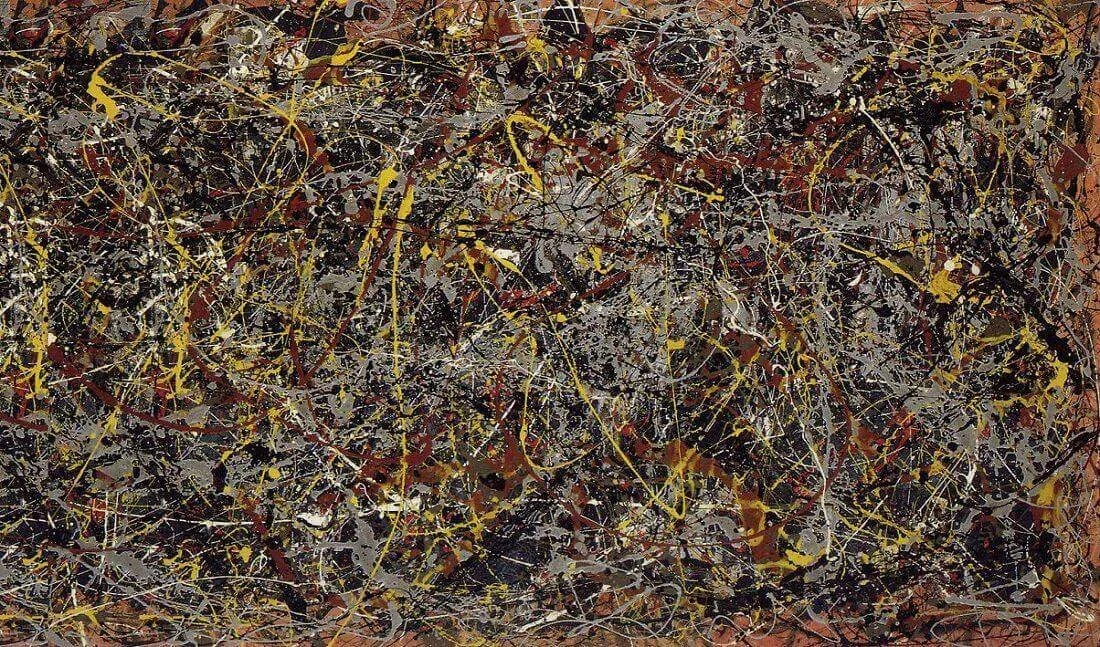Jackson Pollock
Jackson Pollock, Number 5, 1948
Jackson Pollock (1912-1956) stands as a towering figure in the landscape of modern art, his revolutionary approach to painting forever altering the trajectory of contemporary expression. Renowned for his unique drip technique, Pollock transformed the act of painting into a dynamic performance, allowing emotion and instinct to guide his hand. His canvases resonate with raw energy, inviting viewers to experience the tumult of his creative spirit.
Jackson Pollock, Number One (Lavender Mist), 1950
Jackson Pollock, Number 31 , 1949
Among his most celebrated works, "No. 5, 1948" exemplifies Pollock's mastery of movement and texture, its tangled webs of paint encapsulating the frenetic energy of his creative process. Similarly, "Blue Poles" captivates with its striking interplay of color and form, drawing the viewer into a profound dialogue with the canvas. Each stroke is a testament to Pollock's emotional depth, evoking feelings ranging from chaos to serenity, prompting introspection and connection.
Jackson Pollock, Number 17A ,1948
Pollock's profound ability to evoke emotion has left an indelible mark on audiences, challenging them to engage with art on a visceral level. His works serve not merely as visual experiences but as conduits for exploring the complexities of human emotion.
After years of groundbreaking experimentation in New York City, Pollock retreated to the tranquil setting of East Hampton, New York, where he continued to create until his untimely passing. Today, his legacy endures, a testament to the power of art to move, inspire, and provoke thought across generations.
Jackson Pollock, Blue Poles, 1952




